Find Help
More Items From Ergsy search
-
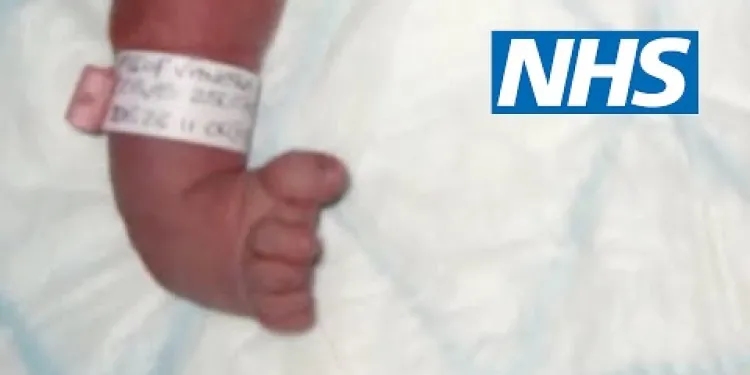
Club foot | NHS
Relevance: 100%
-
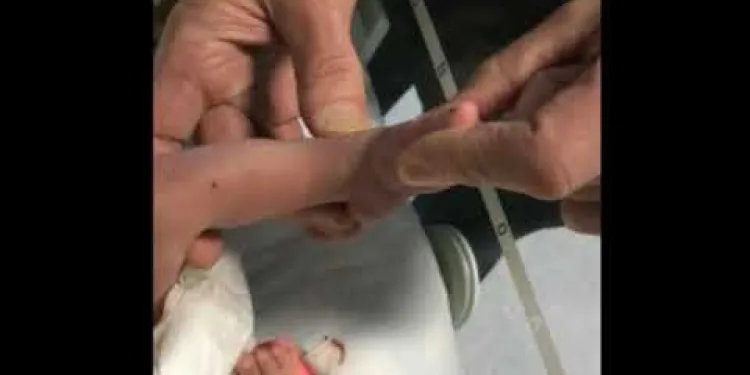
Parent guide to club foot stretches: Step 1
Relevance: 86%
-
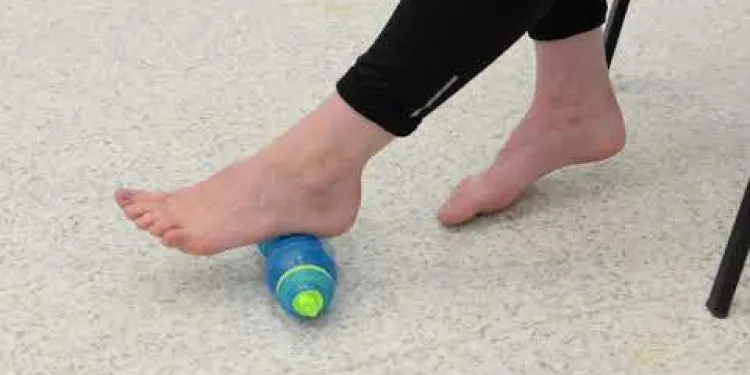
Foot Pain
Relevance: 52%
-
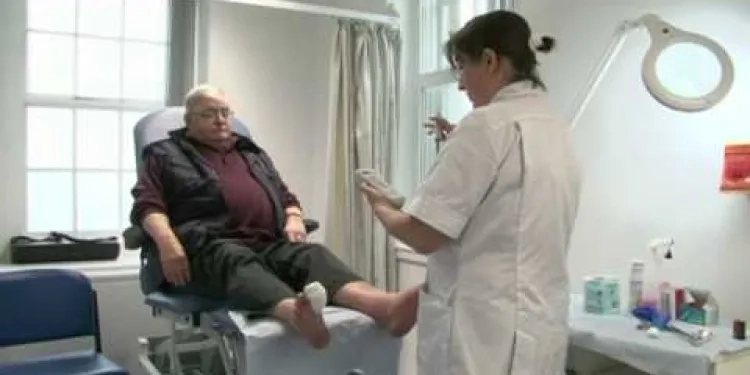
Diabetic Foot Conditions Podiatrist
Relevance: 48%
-
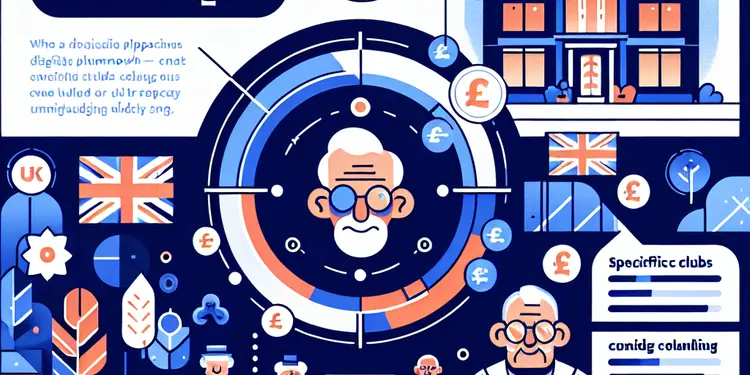
Are there specific clubs that welcome older adults?
Relevance: 34%
-
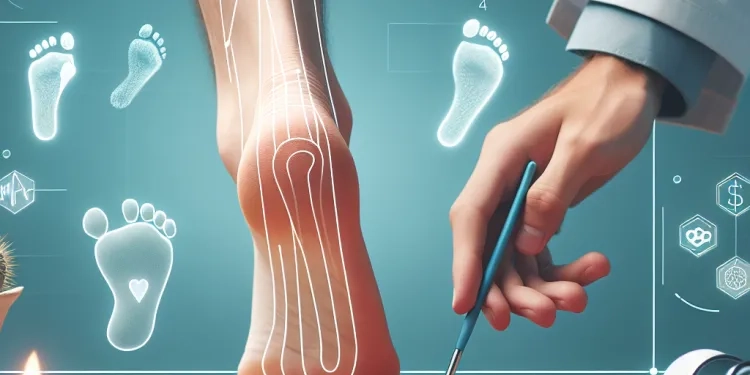
NHS Looking after your feet - Podiatrist https://youtu.be/8J1v6K21ykc
Relevance: 23%
-
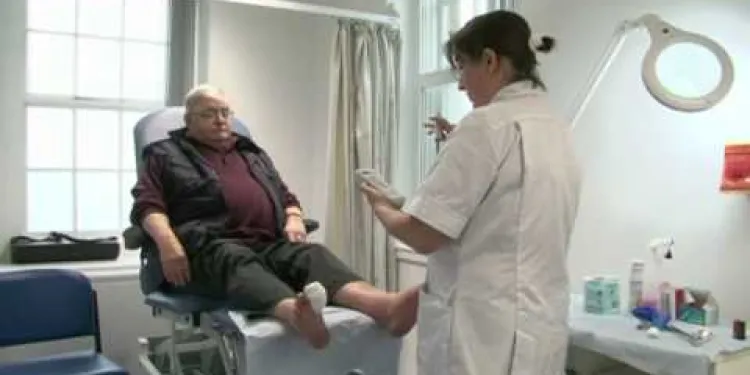
Diabetes Care - Preventing Amputations
Relevance: 22%
-
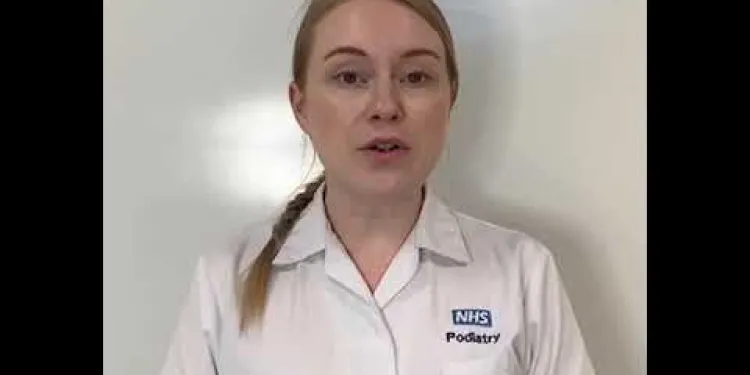
Self care for your feet - Podiatrist
Relevance: 22%
-
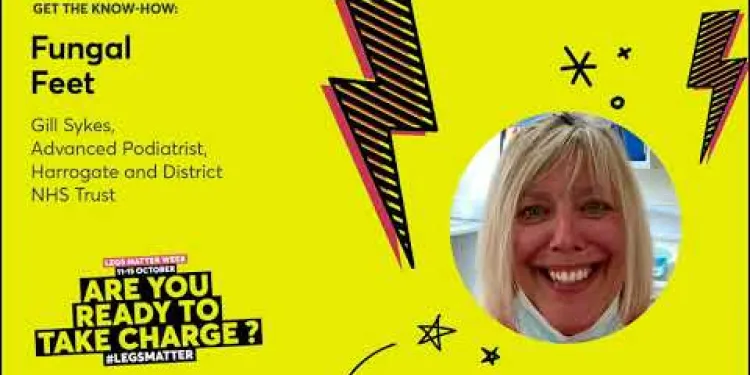
Podiatrist Fungal feet - fungal infection of skin and nails and how to prevent fungal infection in feet
Relevance: 22%
-
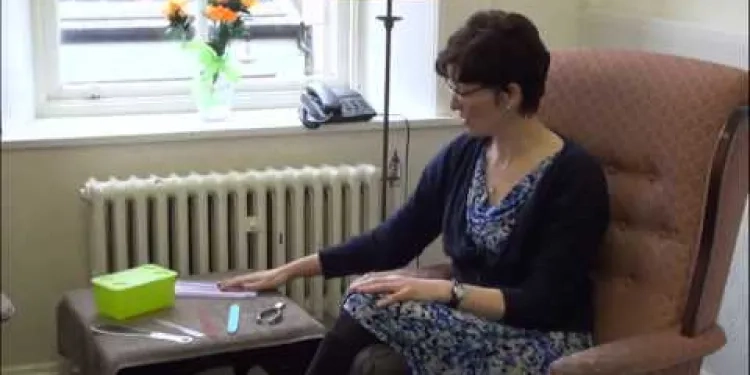
Podiatrist Personal Footcare
Relevance: 22%
-
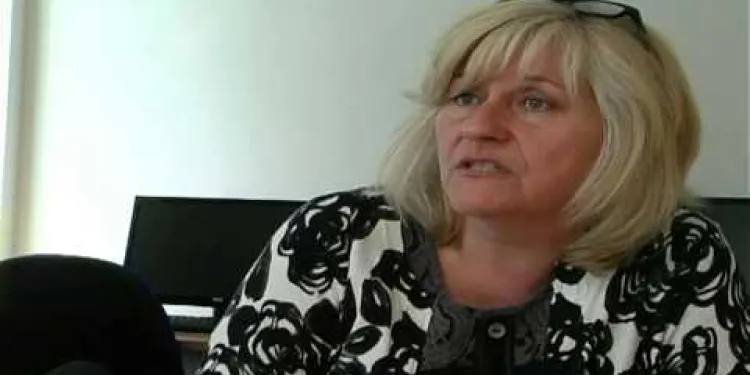
NHS Ayrshire and CVO East Ayrshire - ‘Feet First – Podiatry Services in East Ayrshire’
Relevance: 20%
-
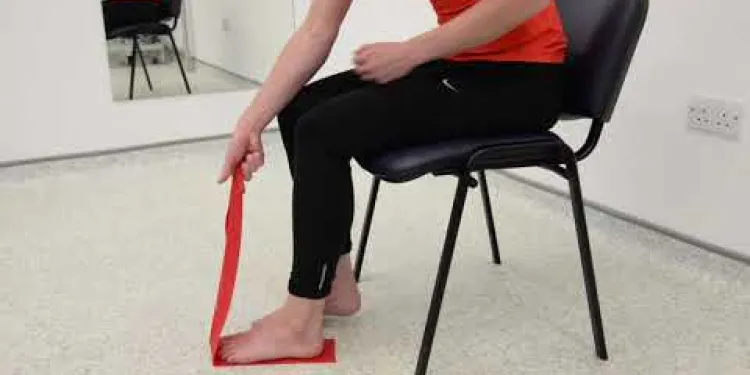
Plantar Fascia Intrinsic Theraband Strengthening Exercise
Relevance: 20%
-

What complications are associated with Type 2 Diabetes?
Relevance: 16%
-
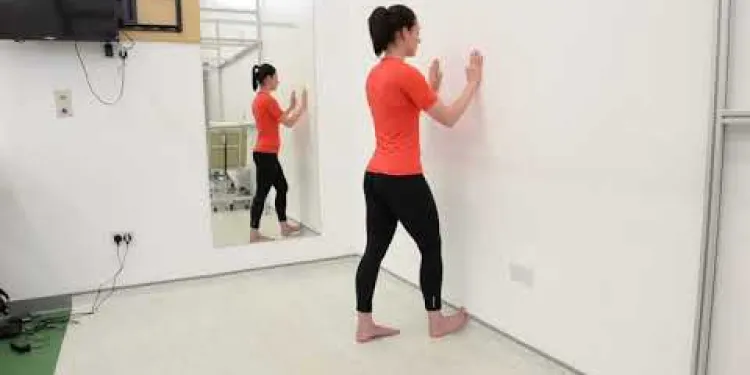
Plantar Fascia Wall Stretch
Relevance: 16%
-
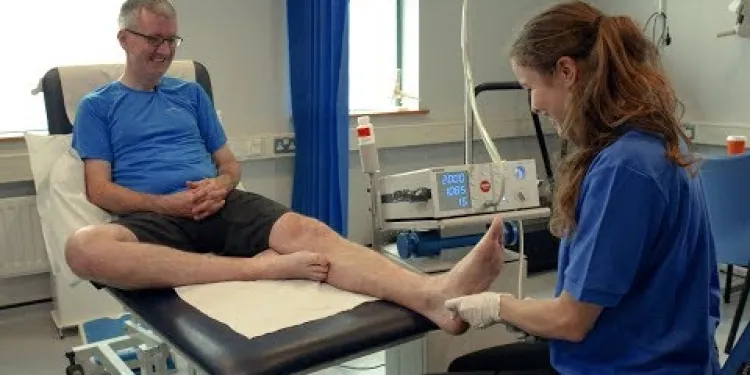
Plantar fasciitis
Relevance: 15%
-
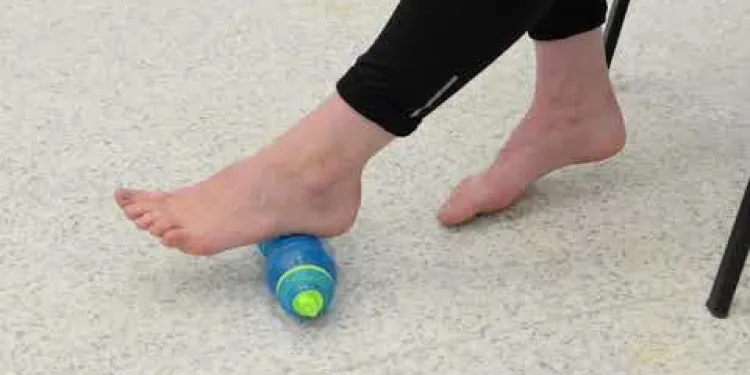
Plantar Fascia Cold Therapy
Relevance: 14%
-
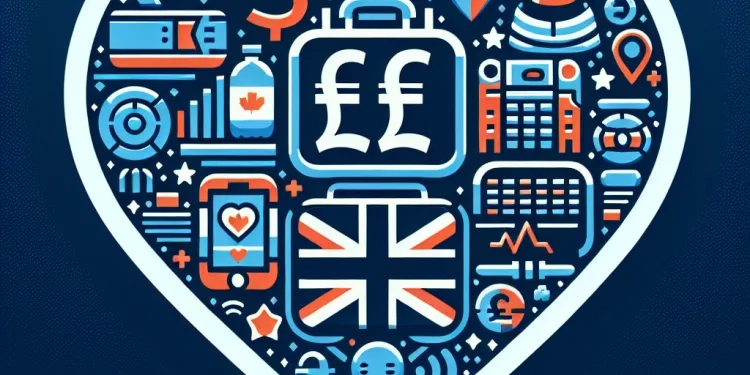
Where can AEDs typically be found?
Relevance: 14%
-

How can older people find hobby groups that align with their interests?
Relevance: 14%
-
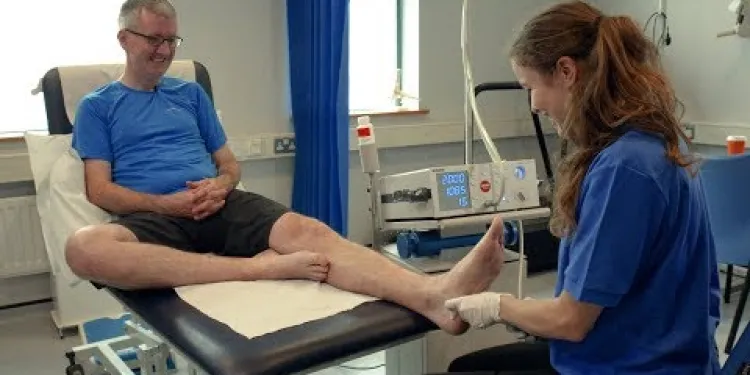
Plantar fasciitis
Relevance: 14%
-

How can older adults find local hobby groups?
Relevance: 13%
-
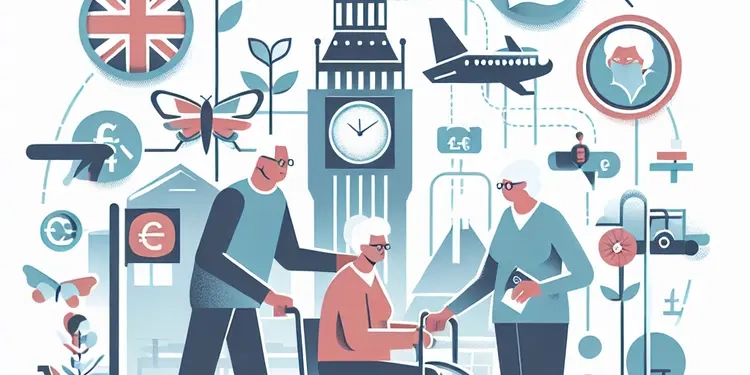
How can older people find new hobbies and groups?
Relevance: 13%
-
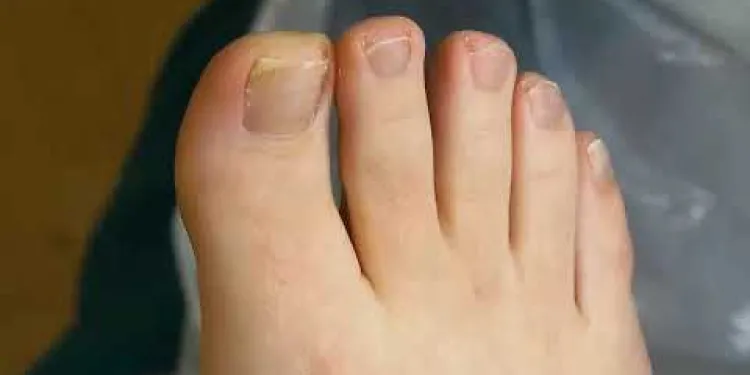
How to treat an ingrowing toenail / Involuted nail
Relevance: 13%
-
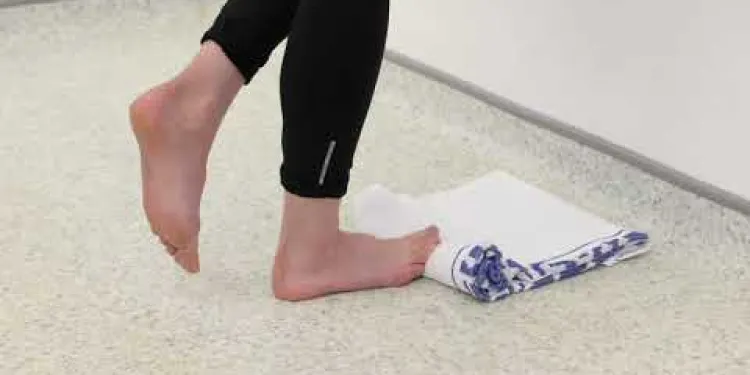
Plantar Fascia Loading Exercise (High Load Exercise)
Relevance: 12%
-

What role do libraries play in helping older adults find hobbies?
Relevance: 12%
-

John Wesley: Faith That Sparked the Methodist Movement | Full Movie
Relevance: 12%
-

Can SEND children access extracurricular activities?
Relevance: 11%
-

Is there a library service in the prison?
Relevance: 11%
-

How can older adults overcome the fear of trying a new hobby?
Relevance: 11%
-
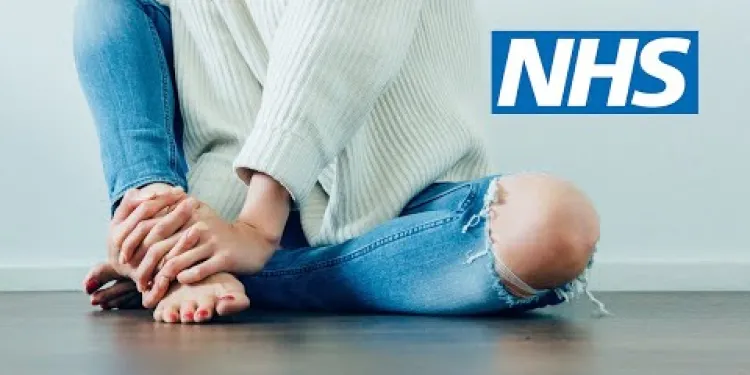
Heel pain | NHS
Relevance: 10%
-
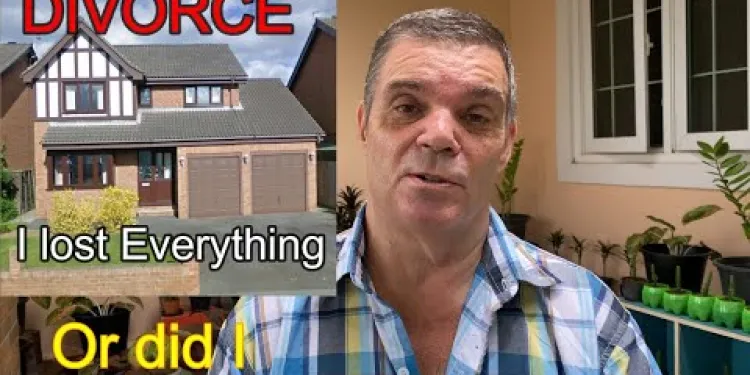
Divorce - How To Rebuild Your Life After Losing Everything
Relevance: 9%
-
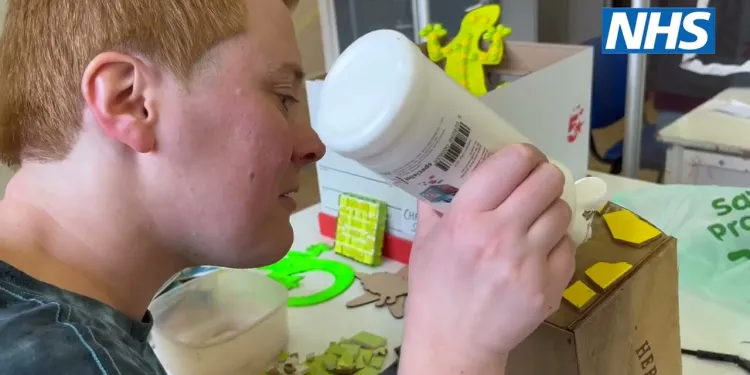
Social Prescribing in Greater Manchester
Relevance: 9%
-

How can older adults find new hobbies that can be done at home?
Relevance: 9%
-

What should I do if my route to work lacks sidewalks?
Relevance: 9%
-
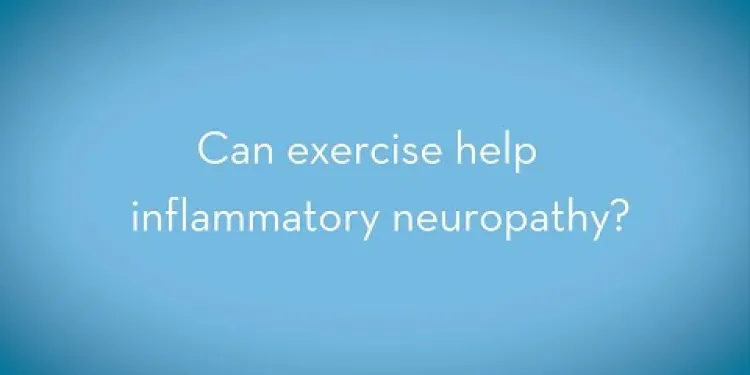
Exercise in patients with a neuropathy
Relevance: 8%
-
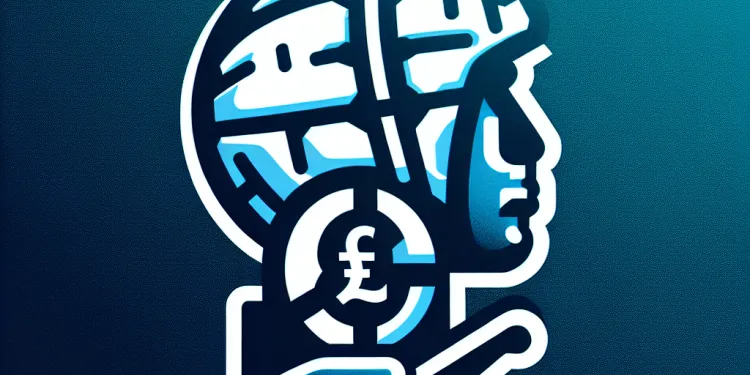
What support is available for rugby players who suffer concussions?
Relevance: 8%
-
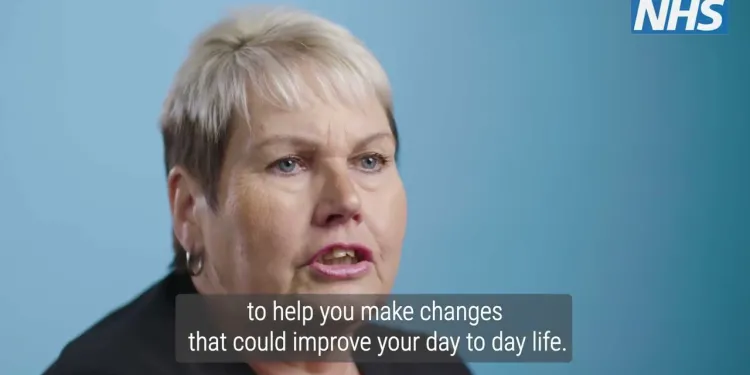
Social Prescribing Link Workers are part of new health and wellbeing services in NHS surgeries
Relevance: 8%
-
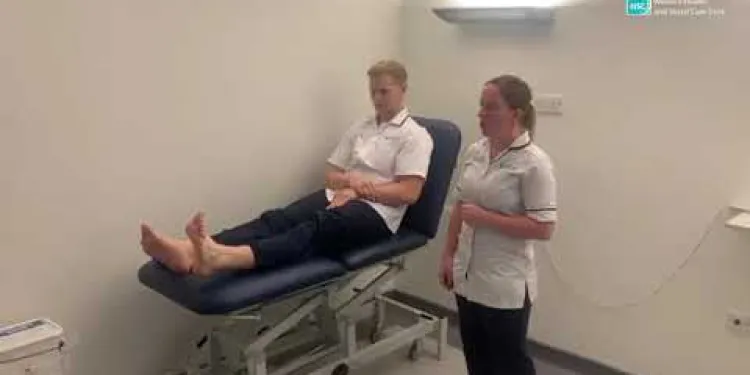
Physiotherapy Exercises following an Ankle Fracture
Relevance: 8%
-
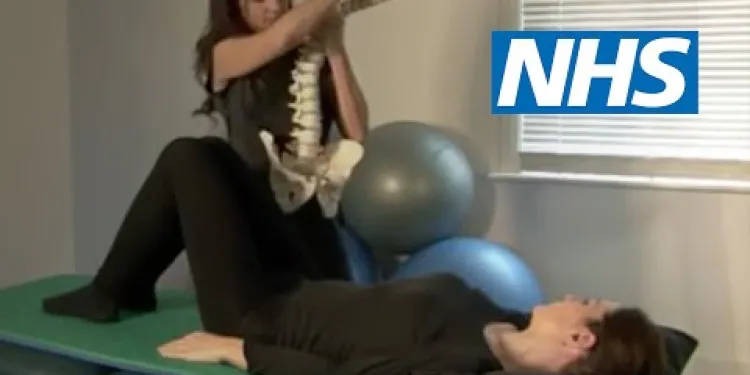
Exercises for sciatica: herniated or slipped disc | NHS
Relevance: 8%
-
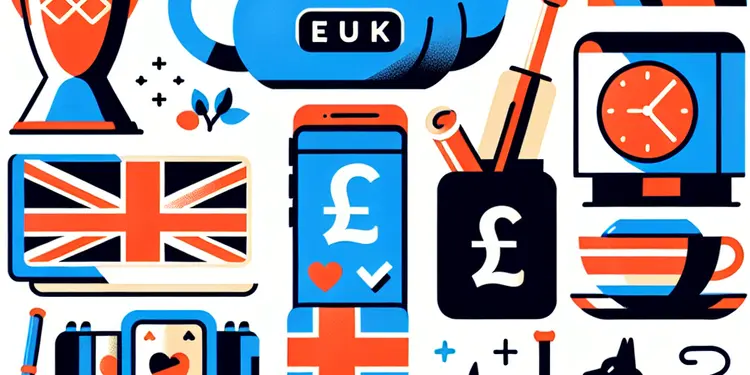
What are some hobbies that are suitable for older adults?
Relevance: 8%
-
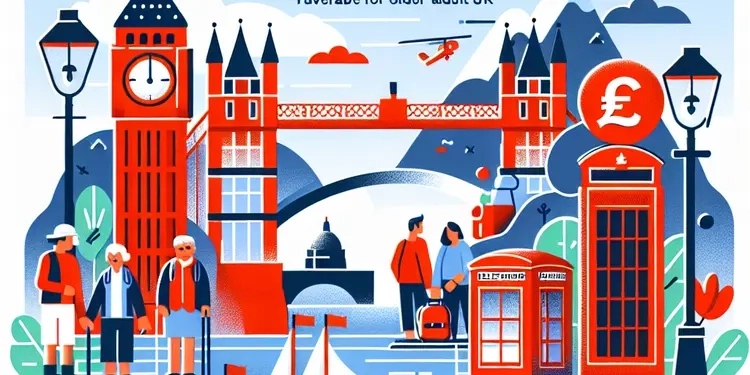
How can older adults find travel or adventure groups?
Relevance: 8%
Club Foot | NHS
What is Club Foot?
Club foot (talipes equinovarus) is a common congenital condition where a baby is born with a foot or both feet twisted inwards and downwards. It can range from mild to severe and, if untreated, can result in lifelong disability.
Causes of Club Foot
Club foot is often diagnosed upon birth or even through prenatal ultrasound. The exact cause is largely unknown, but it is believed to involve genetic and environmental factors. In the UK, it affects approximately 1 in 1,000 babies, more commonly in boys than girls.
Diagnosis and Early Treatment
Early diagnosis and treatment are critical for successful outcomes. The Ponseti method is the gold standard treatment in the United Kingdom. It involves gentle manipulation of the baby's foot followed by casting and, in some cases, minor surgery to release tight tendons.
Living with Club Foot
With early and proper treatment, most children can fully correct the deformity and lead active, normal lives. Regular follow-ups and possibly the use of special shoes or braces help maintain the correction. The NHS offers support and resources for families, ensuring that affected children receive comprehensive care.
Support and Resources
The NHS provides various support systems for families dealing with club foot. From specialist orthopaedic clinics to informational resources and community support groups, the aim is to ensure every child has the best possible outcome.
Club Foot | NHS
What is Club Foot?
Club foot is when a baby is born with one or both feet turned inwards and downwards. It can be a little twisted or very twisted. If it is not treated, it can cause problems when walking.
Causes of Club Foot
Doctors often find club foot when a baby is born, or sometimes before birth using a special scan. We don't know exactly why it happens, but it might be due to genes or things in the environment. In the UK, about 1 in every 1,000 babies is born with club foot. It happens more often in boys than in girls.
Diagnosis and Early Treatment
It is very important to find club foot early and start treatment straight away. The best way to treat it in the UK is called the Ponseti method. This means gently moving the baby’s foot and putting a cast on it. Sometimes a small surgery might be needed to help the foot move better.
Living with Club Foot
With early and good treatment, most children with club foot can walk and play like other children. They may need special follow-ups or to wear special shoes or braces to keep their feet straight. The NHS helps families by providing lots of care and support.
Support and Resources
The NHS gives help to families with a child who has club foot. There are special doctors, information to learn from, and groups in the community for support. The goal is to help every child have the best life possible.
Frequently Asked Questions
What is club foot?
Club foot is a condition where a baby's foot is twisted inward and downward at birth. It can affect one or both feet.
How common is club foot?
Club foot is relatively common, affecting about 1 in 1,000 babies born in the UK.
What causes club foot?
The exact cause of club foot is unknown, but it may be due to a combination of genetic and environmental factors.
Can club foot be detected before birth?
Yes, club foot can often be detected during a routine ultrasound scan around 20 weeks of pregnancy.
Is club foot painful for babies?
Club foot itself is not painful for babies, but if left untreated, it can lead to discomfort and difficulty walking later in life.
How is club foot treated?
Club foot is usually treated soon after birth using the Ponseti method, which involves gentle manipulation and casting. In some cases, surgery may be necessary.
What is the Ponseti method?
The Ponseti method is a treatment involving a series of casts applied over several weeks to gradually correct the position of the foot.
Will my child need surgery for club foot?
Most children with club foot do not need surgery if treated early with the Ponseti method. However, some severe cases may require minor surgical procedures.
How long does treatment for club foot take?
Initial treatment with the Ponseti method usually takes around 6 to 8 weeks, followed by a period of wearing a brace to maintain correction.
Will my child need a brace after treatment?
Yes, after initial treatment with the Ponseti method, your child will need to wear a brace to maintain the corrected position and prevent recurrence.
Can club foot recur after treatment?
There is a risk of recurrence, which is why wearing a brace as prescribed is crucial to maintain the correction.
Can children with club foot lead normal lives?
With early and proper treatment, most children with club foot can lead active, normal lives and participate in physical activities.
Is club foot hereditary?
There is a genetic component to club foot, and it can run in families, although the exact inheritance pattern is not fully understood.
Can club foot be prevented?
Currently, there is no known way to prevent club foot, as its exact cause is not fully understood.
Where can I get help for club foot?
In the UK, treatment for club foot is available through the NHS. Your GP can refer you to a specialist, such as a paediatric orthopaedic surgeon or a physiotherapist with experience in treating club foot.
What is club foot?
Club foot is a foot problem. A baby's foot turns inwards or points down. It can make it hard to walk. Doctors can help fix it.
If you need help reading:
- Ask someone to read with you.
- Use pictures to understand better.
- Try using an audio tool to listen to the text.
Club foot is when a baby's foot is turned inwards and downwards when they are born. It can happen to one foot or both feet.
How many people have club foot?
Club foot is a condition where a baby is born with one or both feet turned inwards. It is not very common.
Around 1 out of every 1,000 babies is born with a club foot.
Doctors can help fix club foot with treatment. It is important to see a doctor early to help the baby walk well in the future.
If you want to learn more about club foot, you can ask a doctor or read books with lots of pictures.
Club foot is quite common. It happens to about 1 in 1,000 babies born in the UK.
What makes a club foot happen?
We don't know exactly what causes club foot. It might happen because of genes from parents and things around us like environment.
Can doctors see club foot before a baby is born?
Yes, doctors can often see if a baby has club foot before they are born. They use a special picture of the baby called an ultrasound. This picture helps doctors see if the baby's foot is turned in.
You can ask your doctor to show you the ultrasound picture. You can also ask them to explain what they see.
Using simple explanations or drawing pictures might help you understand better. You can bring someone with you to ask questions, too.
Yes, doctors can often see club foot during a scan when a mom is about 20 weeks pregnant.
Does a baby with club foot feel pain?
Club foot does not hurt babies. But if it is not fixed, it can make walking hard and uncomfortable when they get older.
How do doctors help fix club foot?
Doctors use different ways to help fix club foot. Here is what they can do:
- Stretching and casting: Doctors gently stretch the foot and put it in a cast to hold it in the right position. This is done many times.
- Special shoes and braces: After casting, children might wear special shoes or braces to keep the foot in the correct position.
- Surgery: Sometimes, doctors need to do an operation to fix the foot.
If you need help reading this, ask someone to read it with you or use a text-to-speech tool.
Club foot is when a baby's foot is turned inward. Doctors usually fix this right after the baby is born. They use the Ponseti method, which means they gently move the foot and put it in a cast. Sometimes, an operation is needed to help fix the foot.
What is the Ponseti method?
The Ponseti method is a way to fix clubfoot. Clubfoot is when a baby's foot turns inwards. This method uses gentle stretching, casting, and sometimes a small surgery.
Here is how it works:
- The doctor gently moves the baby's foot into the right position.
- They put a cast on the foot to hold it in place. A cast is a special hard bandage.
- This happens every week for several weeks.
- After the foot is in the right place, the baby might need a small surgery to fix a tendon.
- Then, the baby wears special shoes and a bar to keep the foot straight.
If you want to learn more, you can ask a doctor or use picture books about clubfoot.
The Ponseti method is a way to fix feet. It uses special casts (like a big bandage) to move the foot a little bit each week. This helps the foot get into the right shape.
Does my child need an operation for club foot?
Club foot means a child's foot is turned inwards. The doctors might say your child needs an operation to help fix this. This is called surgery.
Many children with club foot are treated without surgery first. Doctors often use a method called the Ponseti method. It uses gentle stretching and a special cast.
If this does not work, doctors might say surgery is needed.
Here are some ways you can understand and help:
- Talk to your child's doctor. Ask them to explain things in simple words.
- Ask if there are videos or pictures that show what will happen.
- Bring someone with you to appointments to help remember information.
- Use a notebook to write down questions and answers.
It is okay to ask many questions. Doctors want to help you understand.
Most kids with club foot do not need surgery if we help them early with a way called the Ponseti method. But if the club foot is very bad, some kids might need a little surgery.
How long does it take to fix a club foot?
Fixing a club foot can take a few months. Doctors often use a method called the Ponseti method.
This means:
- Putting on special casts on the foot. This helps to slowly move the foot to the right position. It can take about 6 to 8 weeks.
- After the casts, the child might wear a special brace. This helps keep the foot in the right position. The brace is usually worn for a few years.
Use pictures or videos to understand better. Talk to your doctor if you have questions or need help.
First, a special treatment called the Ponseti method is used. This lasts for about 6 to 8 weeks. After that, the person needs to wear a special brace to keep everything in the right place.
Will my child need a brace after treatment?
Will your child need to wear a brace after treatment?
Here is some information to help understand this:
- A brace is something that helps keep teeth in the right place.
- The doctor or dentist will tell you if your child needs a brace.
- Sometimes, braces are needed to make sure teeth stay straight.
- It can be helpful to ask your dentist if you have questions.
Tools you can use:
- Ask your doctor to explain things in a simple way.
- Use pictures or videos to understand more about braces.
Yes, after the first treatment using the Ponseti method, your child needs to wear a brace. This helps keep the foot in the right place and stops it from going back to the old position.
Can clubfoot come back after treatment?
Clubfoot is when a foot turns inwards. After doctors fix it, you might wonder if it can come back. Yes, sometimes clubfoot can come back after it is treated.
If you want to know more, you can:
- Talk to a doctor. They can help you understand more about clubfoot.
- Use pictures or videos. These can show you what happens during treatment.
- Ask questions. It's okay to ask anything you don't understand.
Remember, you can ask for help from people around you. Doctors, family, and friends can all support you.
There is a chance the problem could come back. This is why wearing a brace, like the doctor says, is very important. It helps keep things in the right place.
Can kids with club foot have normal lives?
Kids born with club foot can still do many things other kids can. With care from doctors, like wearing special boots or having surgery, they can walk and play. It is important for families to talk to doctors who know about club foot.
To help kids understand, you can use pictures or videos about club foot. Books with simple words can also be helpful. Always ask the doctor any questions you have. They can give you good advice.
When children with clubfoot get help early and the right care, they can play and have fun like other kids. They can join in sports and run around.
Is club foot hereditary?
Does club foot run in families?
Club foot is a condition where a baby's foot is turned in and down. It can be passed from parents to children. This means if a parent has club foot, their children might have it too.
If you are worried about club foot, talk to a doctor. They can help you understand more. You can also use pictures and easy-to-read books to learn.
Club foot is a condition that can be passed down in families through genes. But, we are not completely sure how it is passed on from parents to children.
Can we stop club foot from happening?
Right now, doctors don't know how to stop club foot from happening. This is because they don't know exactly what causes it.
Where can I find help for club foot?
In the UK, the NHS can help fix club foot. Your doctor can send you to a special doctor. This might be a children's bone doctor or a person who helps with exercises for club foot.
Useful Links
- Ergsy carfully checks the information in the videos we provide here.
- Videos shown by Youtube after a video has completed, have NOT been reviewed by ERGSY.
- To view, click the arrow in centre of video.
- Most of the videos you find here will have subtitles and/or closed captions available.
- You may need to turn these on, and choose your preferred language.
- Go to the video you'd like to watch.
- If closed captions (CC) are available, settings will be visible on the bottom right of the video player.
- To turn on Captions, click settings .
- To turn off Captions, click settings again.
More Items From Ergsy search
-

Club foot | NHS
Relevance: 100%
-

Parent guide to club foot stretches: Step 1
Relevance: 86%
-

Foot Pain
Relevance: 52%
-

Diabetic Foot Conditions Podiatrist
Relevance: 48%
-

Are there specific clubs that welcome older adults?
Relevance: 34%
-

NHS Looking after your feet - Podiatrist https://youtu.be/8J1v6K21ykc
Relevance: 23%
-

Diabetes Care - Preventing Amputations
Relevance: 22%
-

Self care for your feet - Podiatrist
Relevance: 22%
-

Podiatrist Fungal feet - fungal infection of skin and nails and how to prevent fungal infection in feet
Relevance: 22%
-

Podiatrist Personal Footcare
Relevance: 22%
-

NHS Ayrshire and CVO East Ayrshire - ‘Feet First – Podiatry Services in East Ayrshire’
Relevance: 20%
-

Plantar Fascia Intrinsic Theraband Strengthening Exercise
Relevance: 20%
-

What complications are associated with Type 2 Diabetes?
Relevance: 16%
-

Plantar Fascia Wall Stretch
Relevance: 16%
-

Plantar fasciitis
Relevance: 15%
-

Plantar Fascia Cold Therapy
Relevance: 14%
-

Where can AEDs typically be found?
Relevance: 14%
-

How can older people find hobby groups that align with their interests?
Relevance: 14%
-

Plantar fasciitis
Relevance: 14%
-

How can older adults find local hobby groups?
Relevance: 13%
-

How can older people find new hobbies and groups?
Relevance: 13%
-

How to treat an ingrowing toenail / Involuted nail
Relevance: 13%
-

Plantar Fascia Loading Exercise (High Load Exercise)
Relevance: 12%
-

What role do libraries play in helping older adults find hobbies?
Relevance: 12%
-

John Wesley: Faith That Sparked the Methodist Movement | Full Movie
Relevance: 12%
-

Can SEND children access extracurricular activities?
Relevance: 11%
-

Is there a library service in the prison?
Relevance: 11%
-

How can older adults overcome the fear of trying a new hobby?
Relevance: 11%
-

Heel pain | NHS
Relevance: 10%
-

Divorce - How To Rebuild Your Life After Losing Everything
Relevance: 9%
-

Social Prescribing in Greater Manchester
Relevance: 9%
-

How can older adults find new hobbies that can be done at home?
Relevance: 9%
-

What should I do if my route to work lacks sidewalks?
Relevance: 9%
-

Exercise in patients with a neuropathy
Relevance: 8%
-

What support is available for rugby players who suffer concussions?
Relevance: 8%
-

Social Prescribing Link Workers are part of new health and wellbeing services in NHS surgeries
Relevance: 8%
-

Physiotherapy Exercises following an Ankle Fracture
Relevance: 8%
-

Exercises for sciatica: herniated or slipped disc | NHS
Relevance: 8%
-

What are some hobbies that are suitable for older adults?
Relevance: 8%
-

How can older adults find travel or adventure groups?
Relevance: 8%


